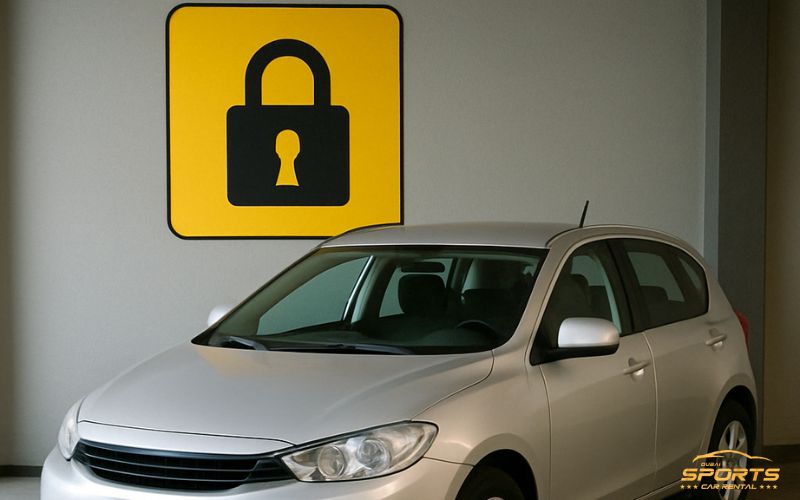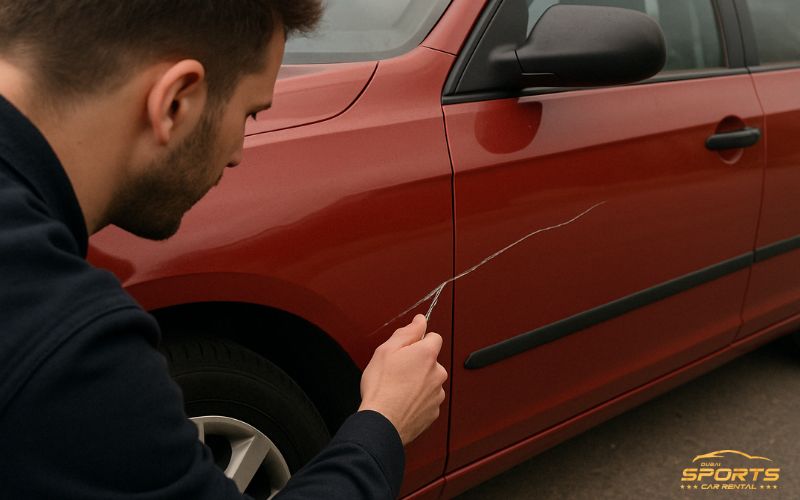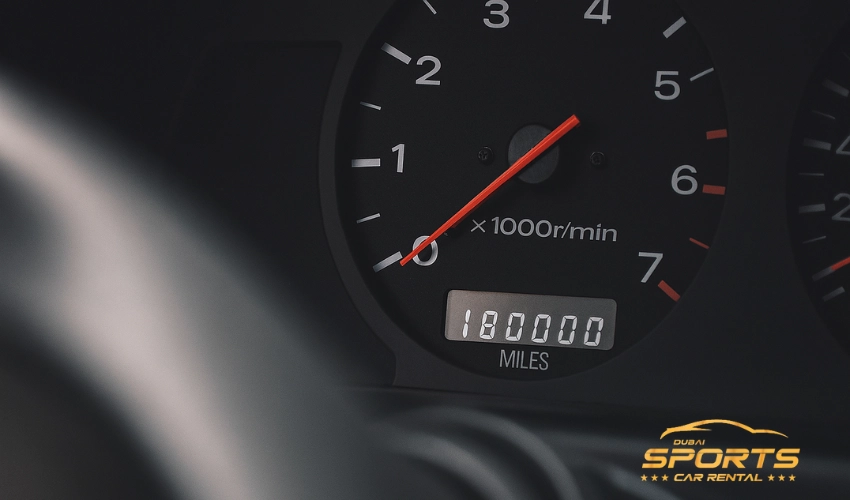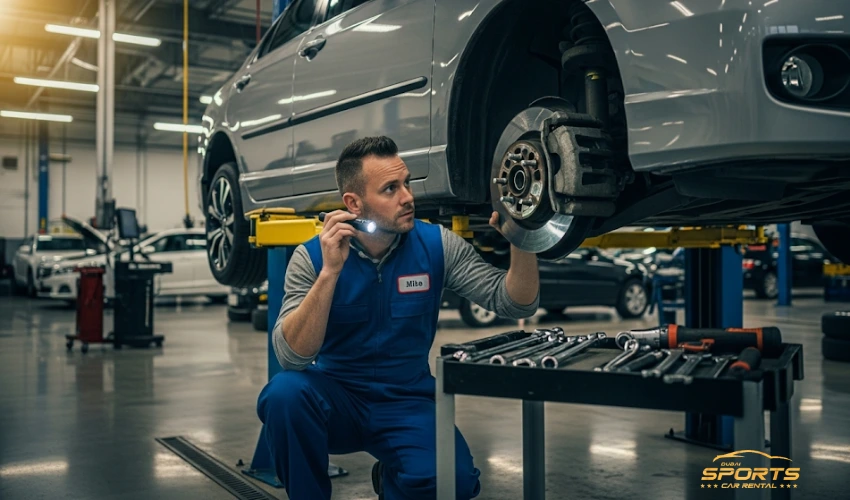Assess the Damage First
When you discover scratches on your car, take a deep breath and cautiously examine the extent of the damage. Walk around your vehicle slowly and check every panel from different angles. Use your phone’s flashlight to spot even the faintest lines, especially in areas that are hard to see, like under door handles.
Note whether the scratches are shallow (just in the clear coat) or deep (reaching the primer or metal underneath). It helps you communicate clearly with repair shops and insurance companies. Deep scratches that expose metal need prompt attention to prevent rust and further damage.
Document Everything
Pull out your phone and take clear photos of the damage from different angles and distances. Make sure the lighting shows the scratches clearly. These photos serve as visual evidence for police reports and insurance claims.
Write down when and where you discovered the damage, including the exact location where your car was parked. If you have recent photos of your vehicle from before the incident, save those too – they can help prove when the damage occurred.
Report to the Police

Car keying is vandalism and a crime worth reporting. Call your local police department’s non-emergency number (101 in the UK, local non-emergency numbers in the US, 999 emergency number in the UAE) to file a report. Explain the situation calmly and provide all the details you have documented.
The officer will create a report and give you a crime reference number. The number is crucial if you plan to make an insurance claim. Even if catching the culprit seems unlikely, having an official report strengthens your position with insurance companies.
Read: How to Check Car Fines in UAE
Look for Evidence
Check if there were any witnesses to the incident and collect their contact information if possible. Ask nearby businesses or neighbors if they have security cameras that might have captured the vandalism. Video evidence significantly increases the chances of identifying who damaged your vehicle.
If you suspect a specific person, mention this to the police, but understand that suspicions without evidence may not lead to charges. Let the authorities handle the investigation rather than confronting someone yourself.
Contact Your Insurance Company
Call your insurance provider to report the vandalism, even if you are unsure about filing a claim. Most comprehensive car insurance policies cover vandalism damage, including keying. Provide your insurance agent with:
- The police report number
- Photos of the damage
- Details about when and where it happened
- Any witness information or video evidence
Your agent will explain what’s covered, how much your deductible would be, and how a claim might affect your premiums. They may send an appraiser to evaluate the damage or ask you to take your vehicle to an approved and professional repair shop for an estimate.
Weigh Your Claim Options

Think carefully about whether filing an insurance claim makes financial sense. Consider these factors:
- Repair costs versus your deductible amount
- Potential premium increases after a claim
- Your claims history and how another claim might affect your rates
- Your car’s overall value and age
If the repair costs are only slightly more than your deductible, you can pay out of pocket because this option seems economical in the long term. For example, if repairs cost $800 and your deductible is $500, the $300 insurance contribution might not be worth a potential rate increase.
Explore Repair Possibilities
Depending on the severity of the scratches, you have several repair options:
For light scratches that have not penetrated the clear coat, you might try DIY methods like scratch repair kits from auto parts stores. These typically include polishing compounds and special cloths that can minimize surface damage.
For deeper scratches that reach the paint or metal, professional help is usually necessary. Body shops use techniques like sanding, filling, priming, and repainting to restore damaged areas. Costs usually range between $500 and $1,500 per panel, depending on your car’s make, model, and paint color.
Get quotes from several reputable body shops before making a decision. Ask about their experience with scratch repair and whether they guarantee their work.
Protect Your Car from Future Vandalism

While you can’t prevent every instance of vandalism, these practices may reduce the risk:
- Park in well-lit, busy areas whenever possible
- Use garages or secure parking facilities when available
- Install motion-activated lights if you park at home
- Consider a dashcam with parking mode that records when motion is detected
- Park away from the street edge to make your car less accessible
Some drivers also find that car covers provide an additional deterrent, as they make quick vandalism more difficult.
Also Read: How Many Sports Cars Does Dubai Police Have
Take Care of Yourself Too
Don’t underestimate the emotional impact of having your property deliberately damaged. It is normal to feel angry, violated, or anxious afterward. Talk about your feelings with friends or family, and remember that while the situation is frustrating, it’s ultimately just a material problem that can be fixed.
When to Consider Legal Action?
If the police identify who keyed your car, you may have the option to press charges. In some cases, you might also pursue a civil case for damages, especially if your insurance didn’t cover all costs. Talk to a lawyer or legal professional if you are considering this route. The process for legal action varies by location but typically requires evidence linking the person to the damage. Security footage, witness statements, or police investigations can help establish responsibility.



